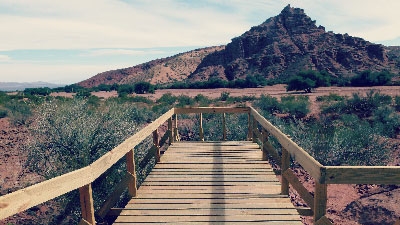“Two years ago, I decided to visit all the nature reserves in my country. My first stop was the Perito Moreno National Park. Along with the glacier, I loved seeing the lakes and woods,” said 27-year-old Buenos Aires native, María Eugenia.
National parks are one of the best ways to enjoy nature in Argentina. In recent years, local and foreign tourists have demonstrated renewed interest in these protected areas. In 2012 alone, there were 3,276,000 visitors to the parks.
Argentina has 36 national parks covering nearly four million hectares. Between 2003 and 2012, these areas grew by 24 percent, or 900,000 hectares. In addition, eight new parks were established and over 400,000 hectares of marine environments incorporated.
Through the project Sustainable Natural Resource Management, the World Bank supports the National Park Administration with a series of investments in basic infrastructure, including housing for park rangers, information centers and research facilities, as well as improving access routes, lookouts and paths.
“National parks are created for conservation, and achieving conservation requires infrastructure work,” said Adriana Orlando, Director of the Talampaya National Park in the province of La Rioja. “For example, in our park, with the work to collect and store water we ’won't have to invest in trucks to transport water to the park any longer; with the new housing, we can hire more park rangers and better protect our heritage,” she added.

